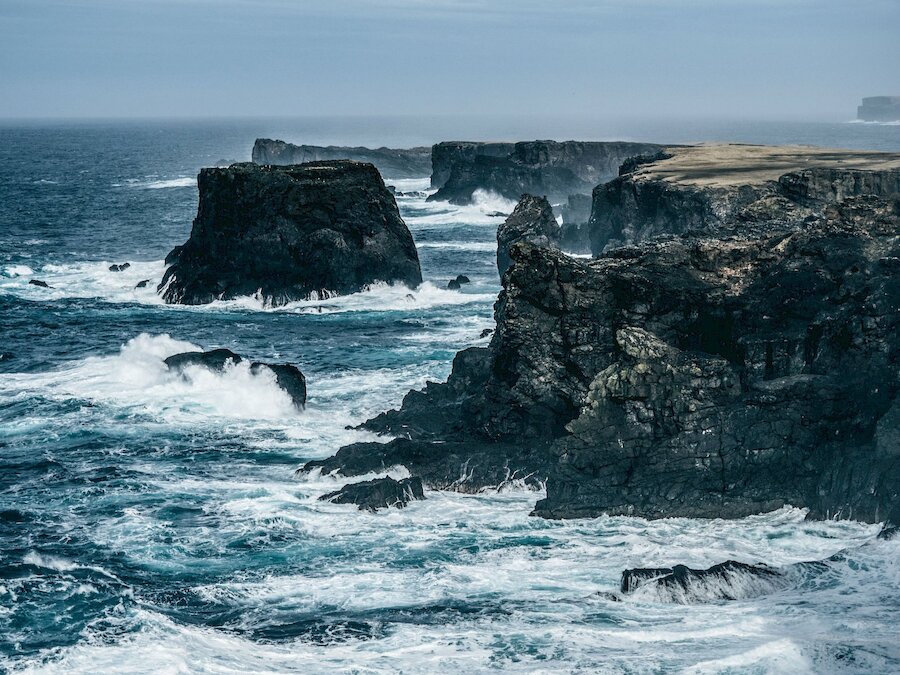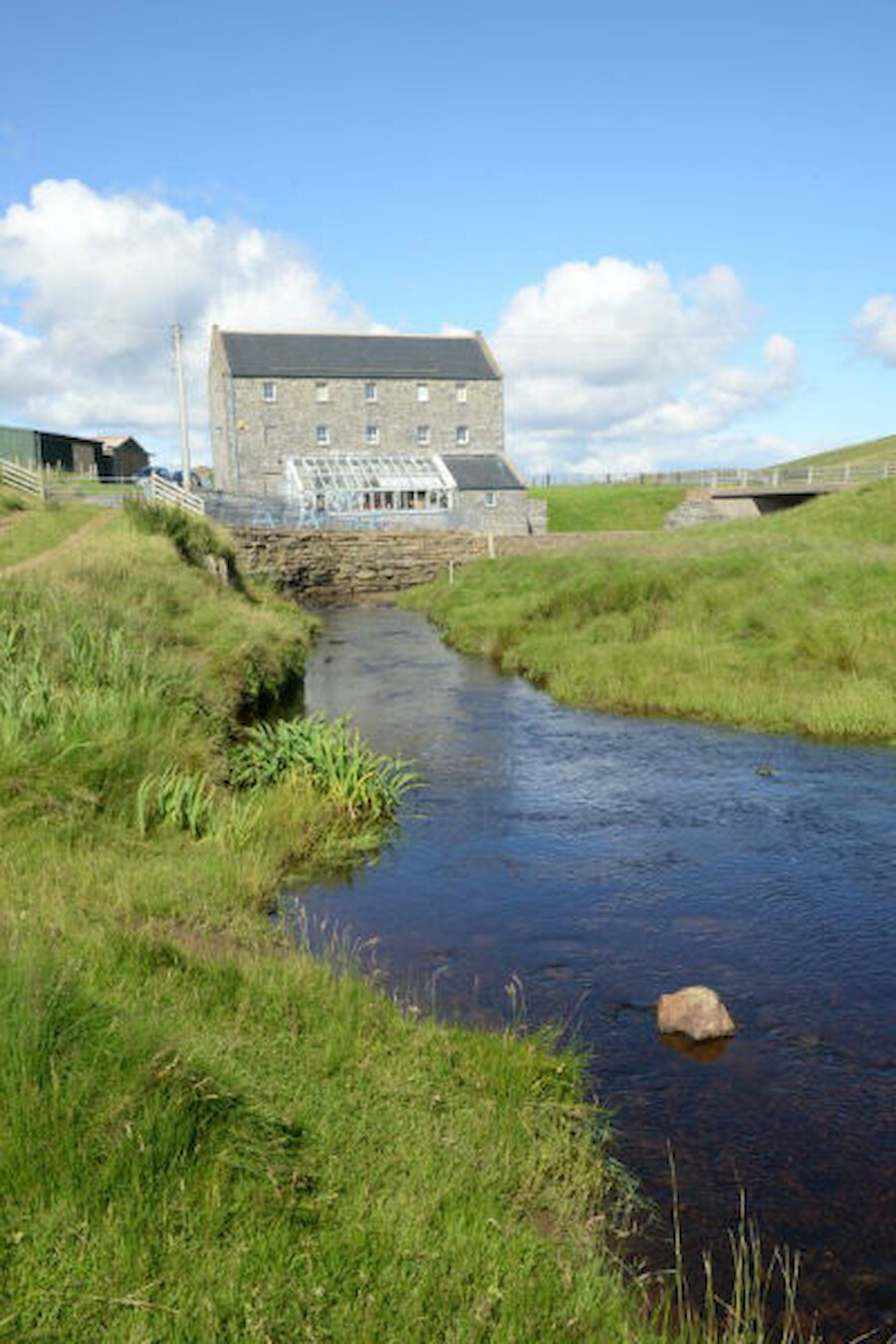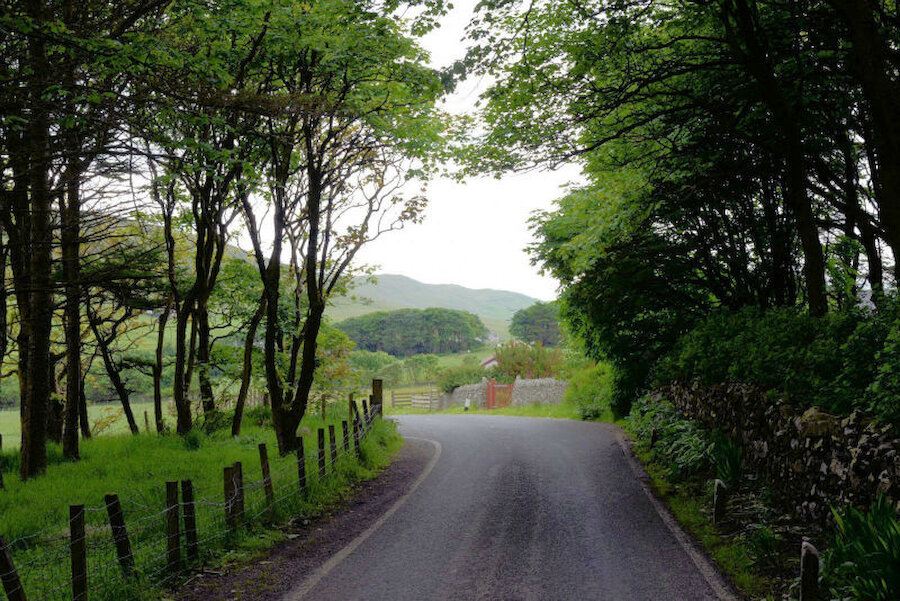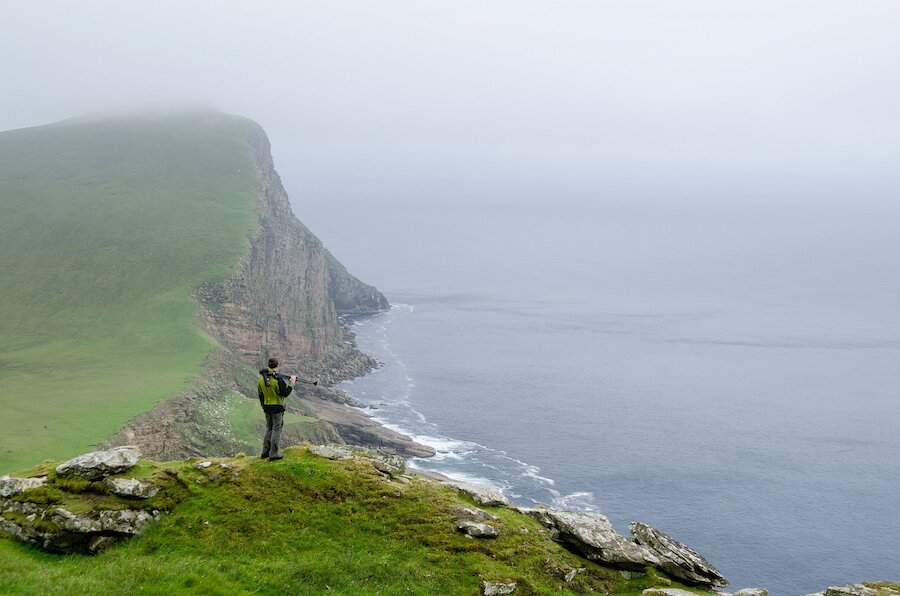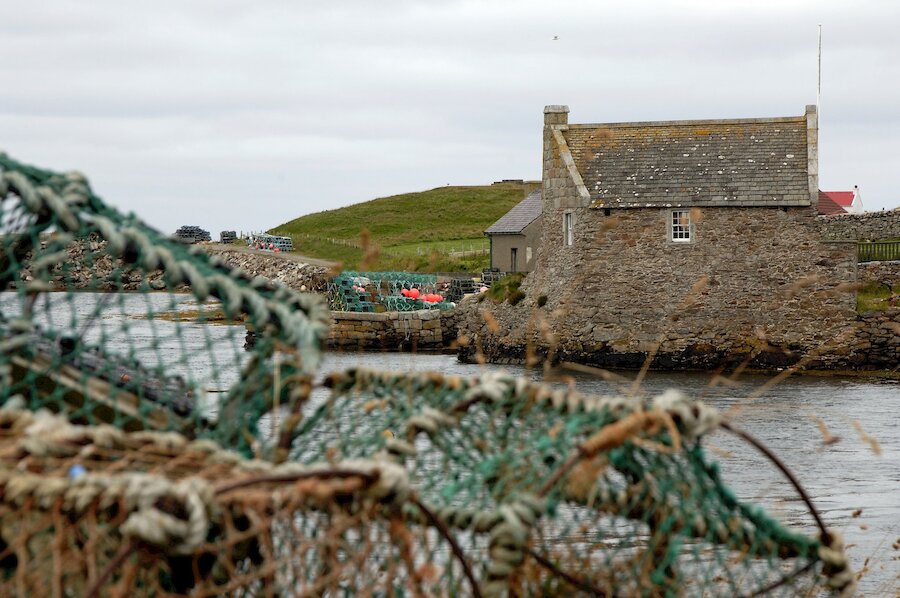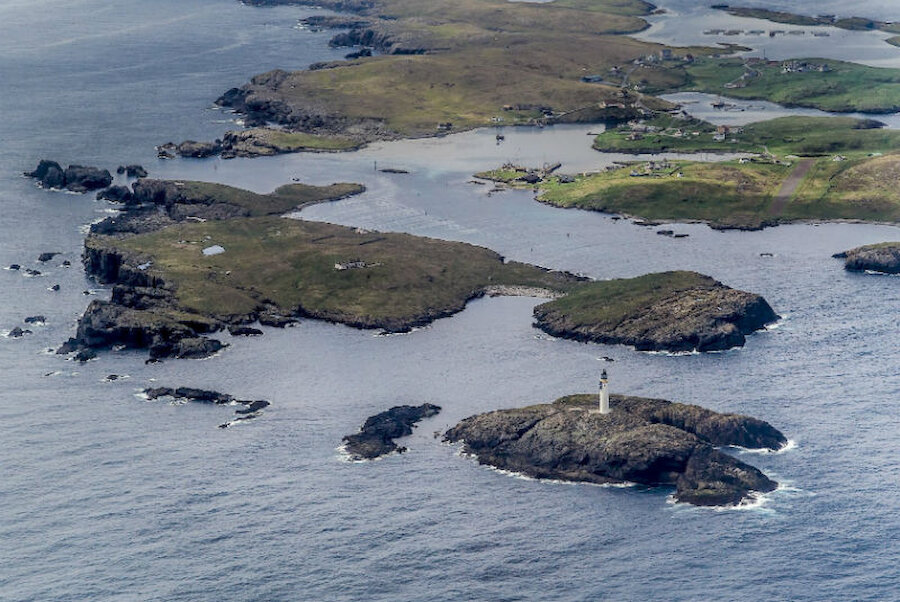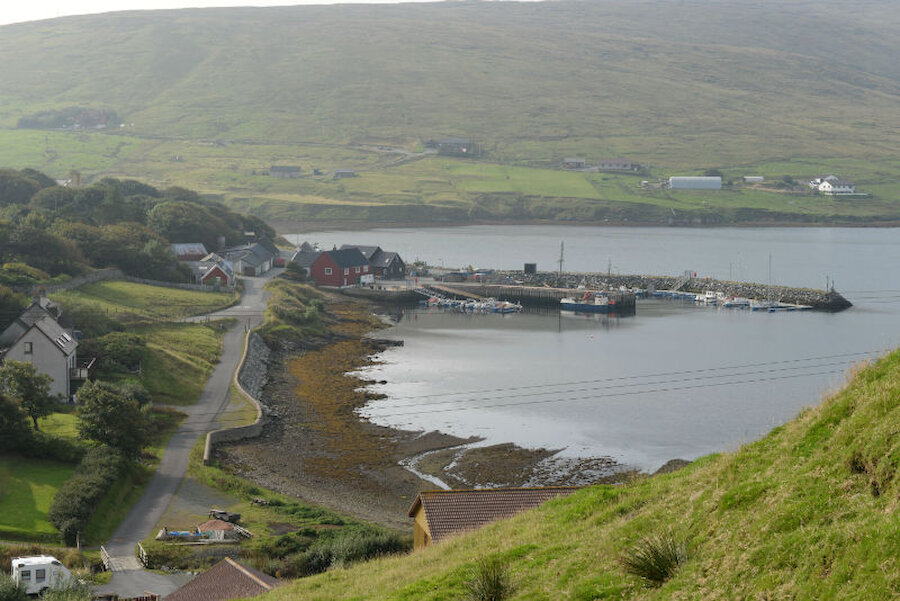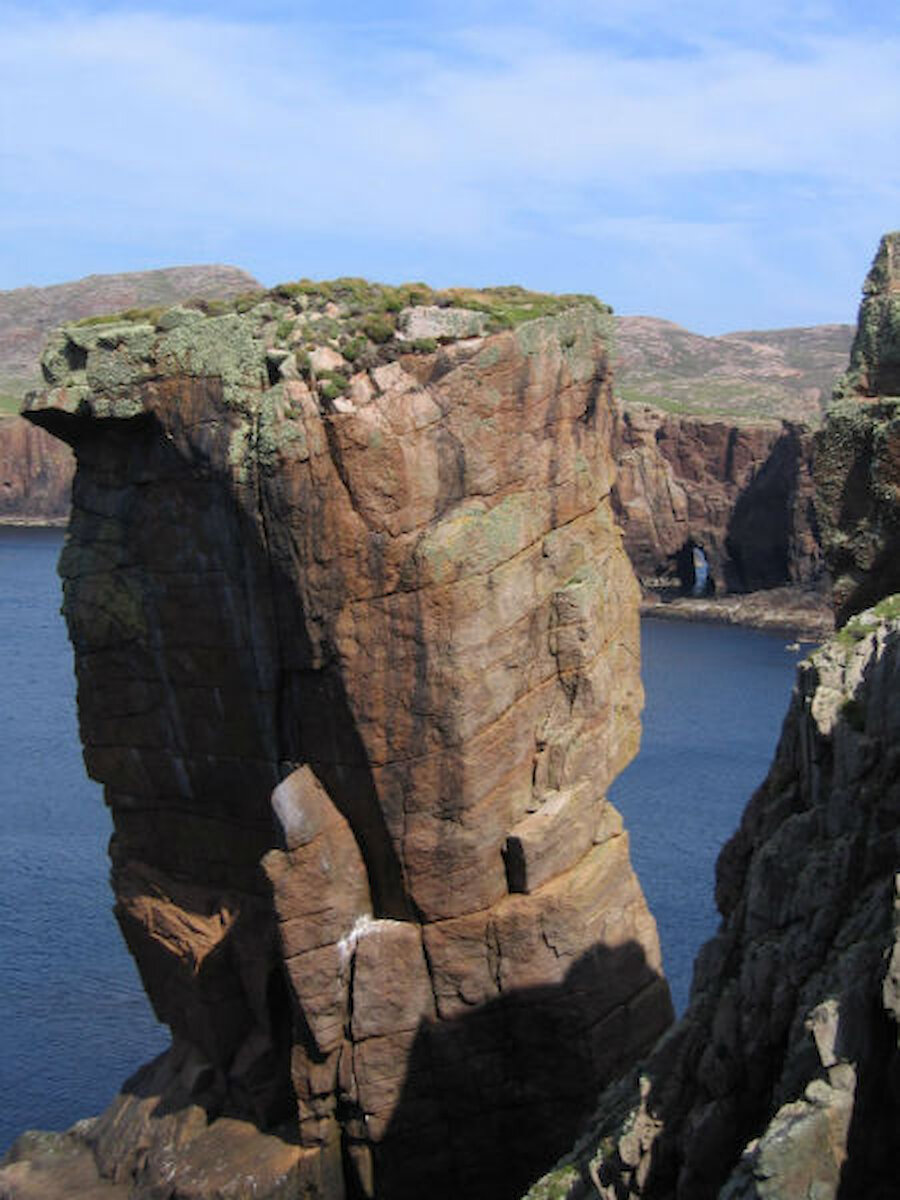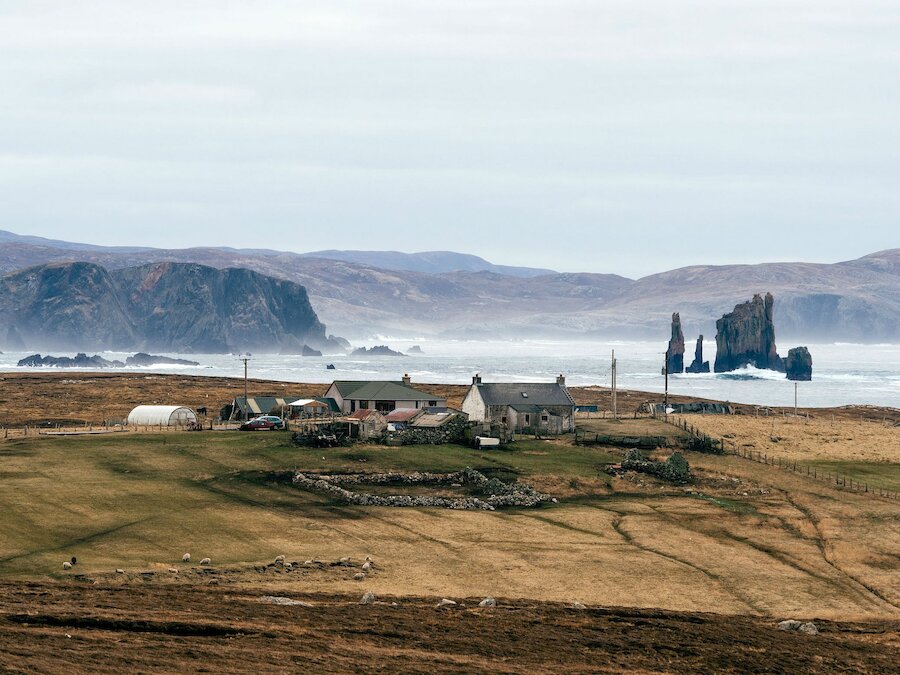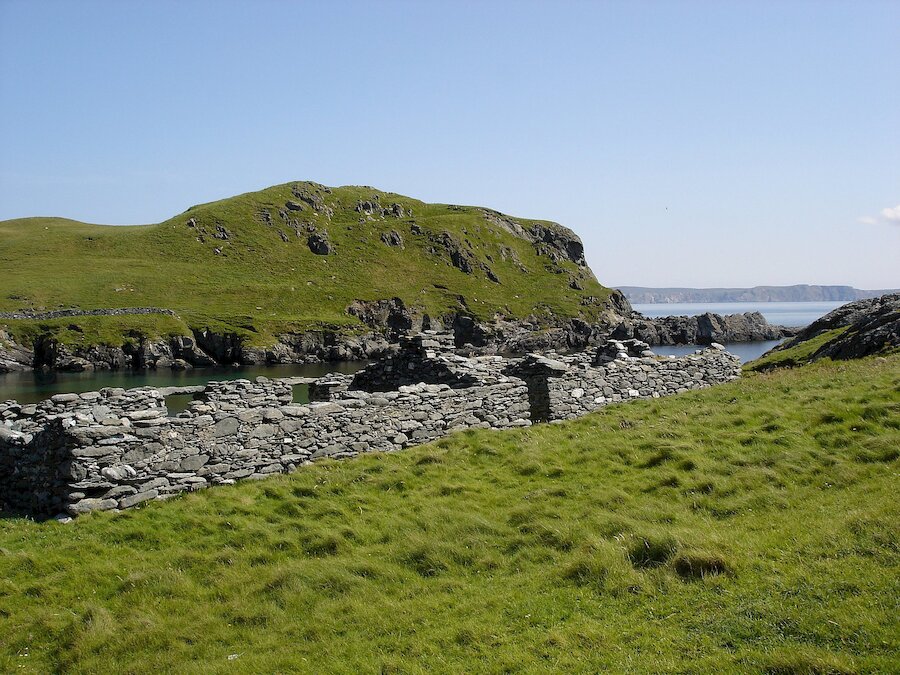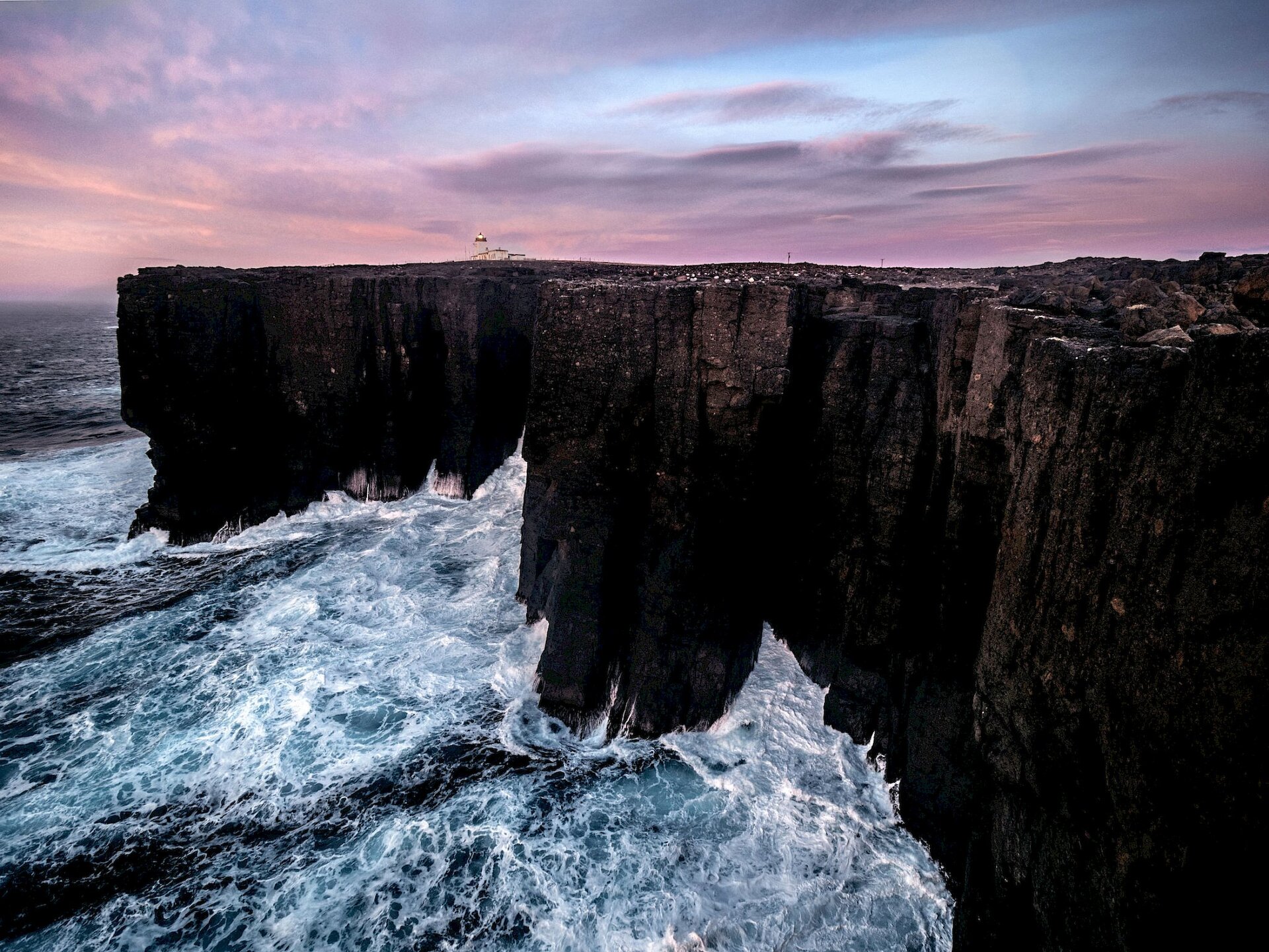As I explained in the first part of this blog, last month, Shetland is larger than most people imagine. Our NAFC Marine Centre recently overlaid Shetland on a map of south-east England, demonstrating that if you travel from Unst to Fair Isle, you’ll have covered the distance from Cambridge to a point just a couple of miles north of Chichester. If you’re in Scotland, the equivalent is from Forfar to Moffat or (from east to west) from Leuchars to Cumbernauld.
So, even with our good roads and frequent ferries, you’ll need at least a week and ideally two if you really want to see and begin to understand the islands.
In Part One, I picked out the highlights in Lerwick, the south mainland and the nearby islands. This time, we head west and north, taking in the west and north mainland, plus the islands of Whalsay, Skerries, Papa Stour and Foula. In Part Three, we’ll visit the north isles – Yell, Fetlar and Unst.
As before, I’ve not suggested a rigid itinerary. Instead, I’m offering a sense of what’s to be seen in each district, with a rough idea of how long you might wish to spend there. Your focus will obviously depend on your interests and you may want to adjust your plans to make the most of the weather.

